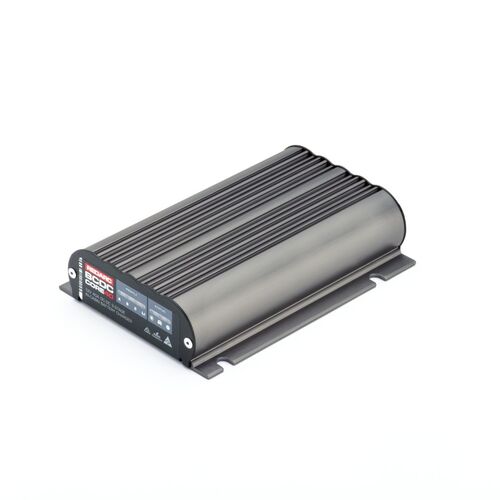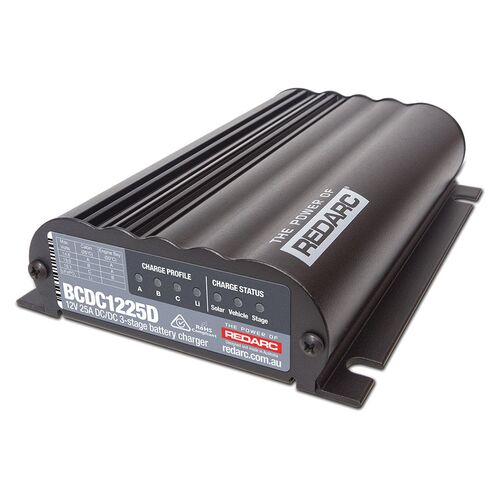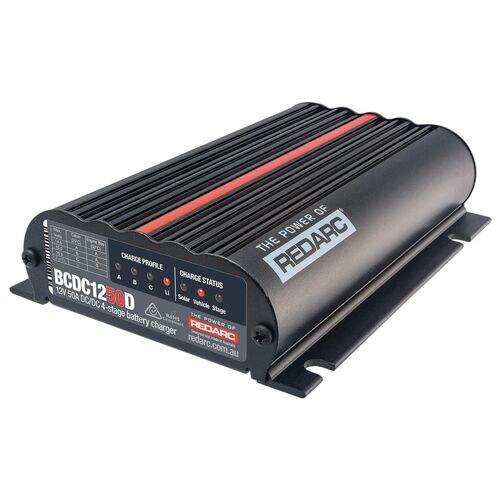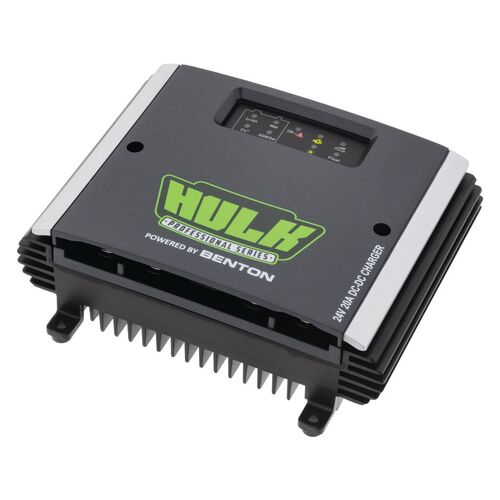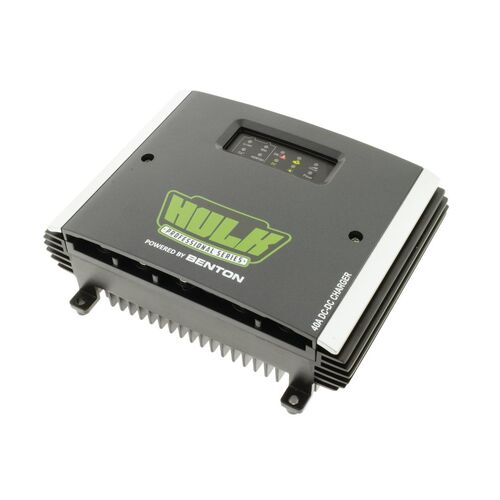DC TO DC CHARGER WITH SOLAR INPUT
FAQs about DC to DC Chargers with Solar Input
Why would I need a DC-DC charger with solar input?
There are several reasons why you might need a DC to DC charger with solar input:
- To maximise the use of solar energy: By charging your batteries with solar power, you can reduce your reliance on fossil fuels and save money on your energy bills.
- To extend the lifespan of your batteries: Solar power is a clean and renewable energy source that does not damage your batteries, unlike lead-acid chargers.
- To increase your off-grid capabilities: If you are off-grid or have limited access to grid power, a DC-DC charger with solar input can help you keep your batteries charged and your appliances running.
What are the benefits of using a DC-DC charger with solar input?
DC-DC chargers with solar input offer several benefits, including:
- Efficiency: They are more efficient than traditional AC chargers, which means they waste less energy.
- Versatility: They can be used to charge a variety of battery types, including lead-acid, lithium-ion, and AGM batteries.
- Safety: They are designed with safety features to protect against overcharging, overvoltage, and short circuits.
- Convenience: They can be used to charge your batteries from multiple sources, including solar power, a car alternator, or a generator.
What factors should I consider when choosing a DC-DC charger with solar input?
There are several factors to consider when choosing a DC-DC battery charger with solar input, including:
- Input voltage: The input voltage should be compatible with the voltage of your solar panels.
- Output voltage: The output voltage should be compatible with the voltage of your batteries.
- Current rating: The current rating should be sufficient to handle the load you intend to connect.
- MPPT: Some DC-DC chargers with solar input feature MPPT (Maximum Power Point Tracking), which can increase the efficiency of your solar panels.
- Size and weight: Consider the size and weight of the DC to DC charger if you plan to move it frequently.
How do I install a DC-DC charger with solar input?
The installation of a DC-DC charger with solar input will vary depending on the specific model of the charger and the layout of your solar system. However, the general steps are as follows:
- Mount the charger in a well-ventilated location.
- Connect the solar panels to the charger.
- Connect the batteries to the charger.
- Connect the charger to the DC power source.
- Configure the charger settings.
How do I maintain a DC-DC charger with solar input?
Regular maintenance is essential to ensure that your DC-DC charger with solar input continues to operate safely and efficiently. Here are some maintenance tips:
- Inspect the charger for signs of damage or corrosion.
- Clean the DC to DC charger with a soft cloth and mild detergent.
- Check the connections to ensure they are tight and secure.
- Monitor the charger's performance to make sure it is charging your batteries correctly.
Are there any additional tips for using a DC-DC charger with solar input?
- Use a high-quality solar regulator to protect your batteries from overcharging.
- Keep your solar panels clean and free of debris to maximise their efficiency.
- Monitor your battery voltage to prevent overcharging or undercharging.
- Disconnect the charger from the solar panels when not in use.
How are 12V DC to DC chargers essential for off-grid power systems?
12V DC to DC chargers play a crucial role in off-grid power systems, enabling efficient and versatile power management. They serve several essential functions:
- Charging batteries from renewable sources.
- Powering 12V appliances.
- Balancing voltage levels.
- Enhancing system efficiency.
How are 24V DC to DC chargers beneficial in off-grid power systems?
24V DC to DC chargers offer several advantages for off-grid power systems, making them a valuable component for reliable and efficient power management:
- Compatibility with 24V battery banks.
- Versatility in powering appliances.
- Efficient power conversion.
- Support for solar power integration.
